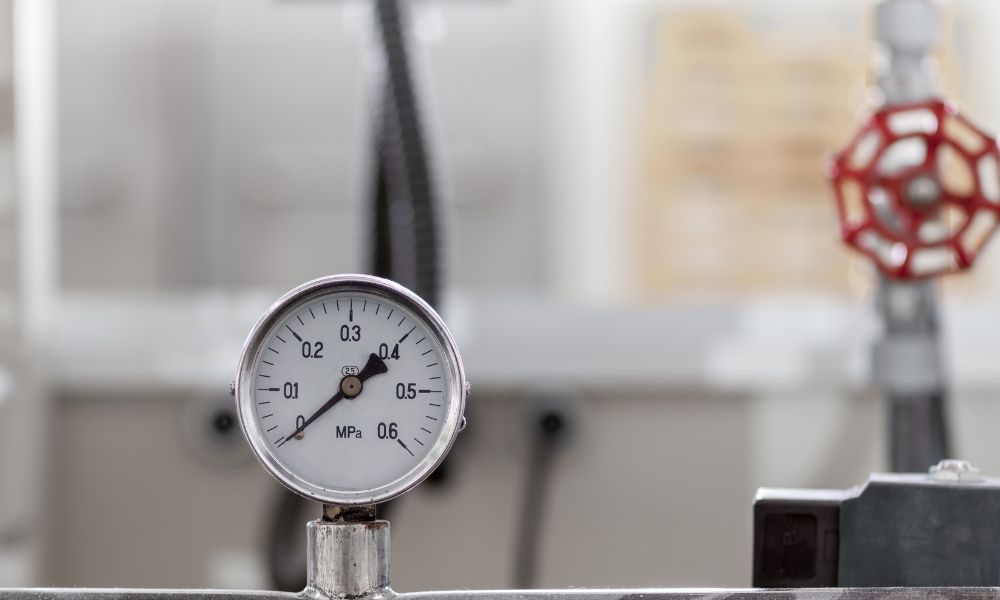
Preventative maintenance and routine protocols are areas that many facilities can struggle with. By following a comprehensive troubleshooting checklist for critical working components, you can maintain the integrity of a working environment that houses many mechanical structures and expensive machining. Let’s take a closer look at why the troubleshooting process is critical and how you can retain its value.
What Is Troubleshooting?
Equipment failure is standard regardless of uses and industrial applications. One critical way to avoid costly shutdowns is through the process of troubleshooting the machining. Troubleshooting machining will look different depending on the demands of each piece of machinery, but overall, you can expect to follow a few of the following steps:
- Eliminate obvious mechanical issues as it pertains to the machine.
- Create a developmental action plan of potential theories.
- Validate the possible solutions to probable causes.
- Reverse-engineer the equipment when all else fails.
Why Does Troubleshooting Matter for Machining?
One significant contribution to troubleshooting machining is the process’ ability to identify and resolve the mechanical failure. This is critical because it keeps facilities running optimally while enabling optimal performances. Another vital aspect of troubleshooting is the overall safety of a facility. Workers and engineers alike are at risk of injury or great harm without proper mechanical functions.
How Can You Ensure Troubleshooting Continues in Your Facility?
Because of the increased importance of troubleshooting in facilities, it’s vital you ensure this process takes place. So, what can you do to help? Keeping a detailed and up-to-date maintenance schedule and the corresponding log can help verify the small details remain intact.
Another step in ensuring the troubleshooting process continues is having a designated engineer perform a series of checklists on ball screw mechanisms and other vital assembly requirements. These small but mighty mechanisms play a significant role in a machine’s ability to function optimally while maintaining the safety of all team members.
It can be challenging to tackle any mechanical flaws and failures. Still, by keeping the troubleshooting process intact, you can ensure high production volumes and maintain the safety of workers. Regardless of industrial application and role, troubleshooting is a team effort and is a critical aspect in much of today’s working processes.






